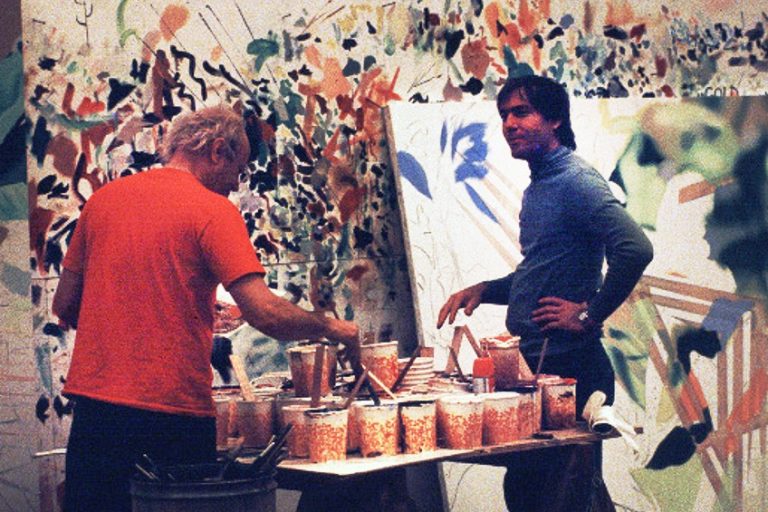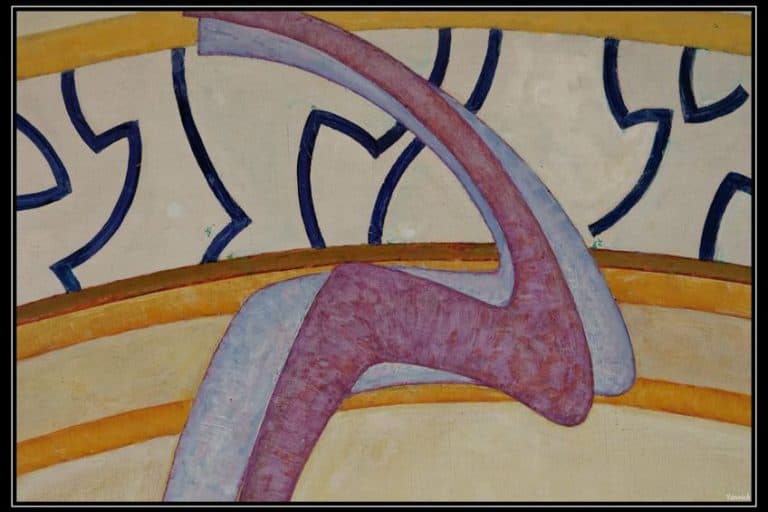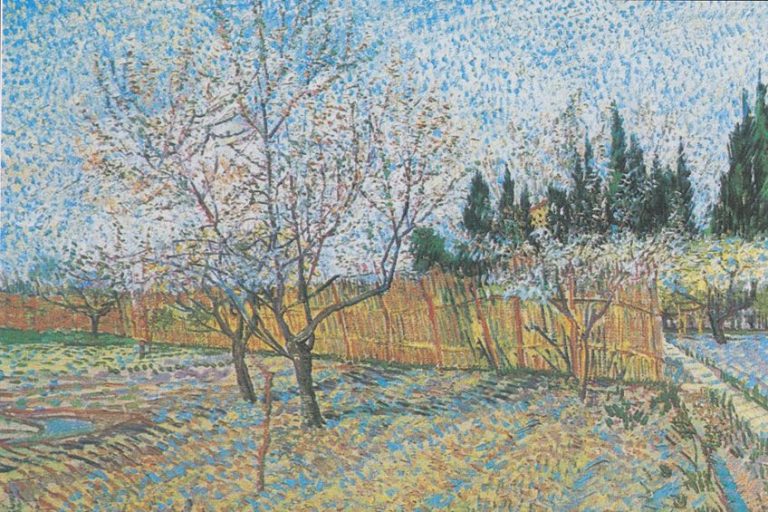Frank Auerbach – Portraits Imbued With Raw Emotional Depth
Frank Auerbach, a renowned German-British painter born in 1931, is celebrated for his distinctive style characterized by thickly layered impasto and expressive brushwork. His dynamic portraits and cityscapes capture a raw intensity and emotional depth, reflecting his deep connection to the subjects and urban landscapes he portrays. Auerbach’s artistic journey, marked by a relentless pursuit of capturing the essence of life through paint, has established him as a prominent figure in contemporary art, influencing generations of artists with his bold and visceral approach to painting.
Table of Contents
Key Takeaways
- Frank Auerbach’s art is characterized by a deep engagement with portraiture and the London landscape.
- He is recognized as a leading figure in post-war British art with a unique, vigorous brushwork style.
- Auerbach’s ongoing quest in his art reflects both a personal narrative and the broader context of British art history.
Early Life and Education
| Birth | April 29, 1931 |
| Death | Present |
| Place of Birth | Berlin, Germany |
| Genre of Work | Painting |
Frank Auerbach is a distinguished German-British painter known for his robust and fervent approach to the canvas. Auerbach’s artistic journey began at a young age, and the trajectory of his career has firmly established him as a pivotal figure in post-war British art. After moving to the United Kingdom during his childhood, he later obtained British citizenship, which profoundly impacted his life and work. Auerbach’s contribution to art is marked not only by his distinctive thick impasto technique but also by his intense focus on portraiture and landscapes, which convey deep psychological complexity and an acute sense of place.

In the bustling environment of London, Frank Auerbach has come to epitomize a significant chapter in the story of modern art. His steadfast commitment to capturing the essence of his subjects has earned him a place in the School of London, alongside other notable painters such as Francis Bacon and Lucian Freud. Throughout his career, Auerbach has garnered attention for his ability to transform everyday scenes into profound statements on the human condition, using the city’s ever-changing landscape as a recurrent theme in his work.
Despite the challenges of age, he continues to seek that elusive image that captures the perfect synthesis of vision and expression.
Childhood in Berlin and Kindertransport
Born on 29 April 1931 in Berlin, Germany, Frank Auerbach experienced a tumultuous childhood due to the political unrest during his early years. With the rise of Nazism, Auerbach, who is Jewish, was sent to England in 1939 as part of the Kindertransport, a rescue effort that brought thousands of refugee Jewish children to Great Britain.

Studies Under David Bomberg
Auerbach’s artistic grounding began at the Borough Polytechnic in London, where he was taught by the renowned painter David Bomberg from 1947 to 1953.
Bomberg’s emphasis on capturing the spirit of the subject had a profound influence on Auerbach’s own artistic development.
Royal College of Art and Early Influences
He continued his studies at the prestigious Royal College of Art (RCA) in London from 1952 to 1955. Here, Auerbach was exposed to a diverse array of artistic influences that honed his creative direction and solidified his commitment to the arts.

Current Career
Auerbach has established himself firmly as a vital figure within the London art scene and has remained a prominent and active artist to this day. His dedication and continuous contribution to the School of London.
This was alongside contemporaries such as Francis Bacon and Lucian Freud exemplify his significant role in modern art.
Artistic Style and Techniques
Frank Auerbach’s artistic style is marked by a robust expressionist approach, a distinctive use of impasto, and a profound influence from past masters. His paintings often explore the depths of human psychology and the complexity of landscapes.
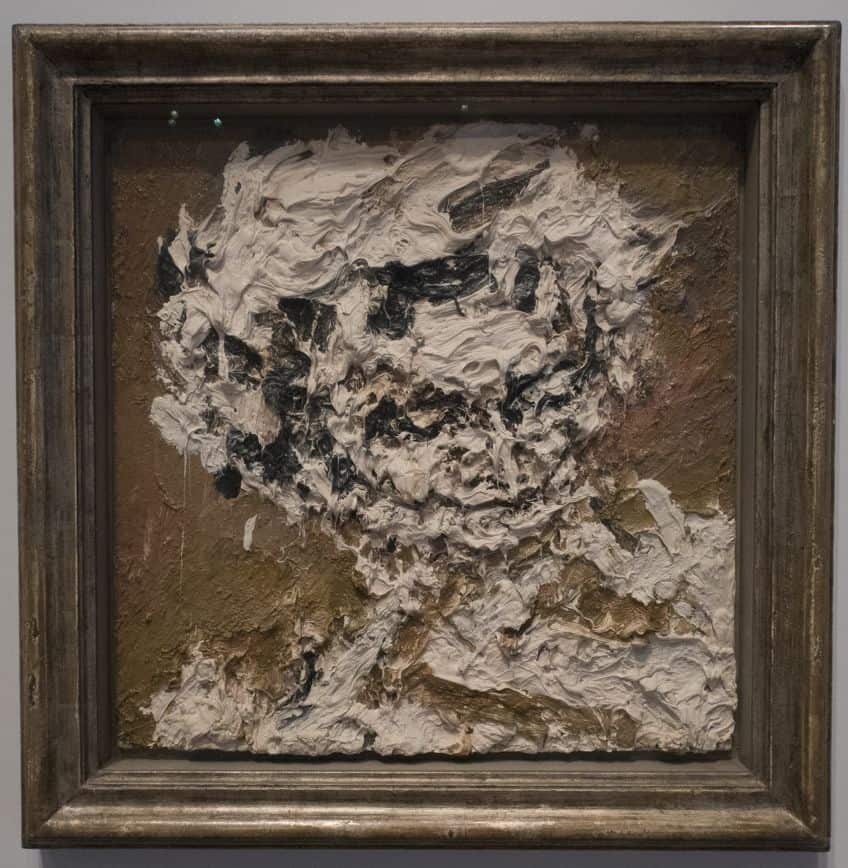
Developing a Distinctive Expressionist Approach
From the outset, Auerbach’s work embodied an expressionist ethos. He amassed a body of paintings where emotion and experience prevailed over precise depiction. His tendency to merge figuration and abstraction allows viewers to sense the energy and movement inherent in his creation process.
Auerbach does not merely represent the external world; hence, his brushwork conveys a palpable tension that invites onlookers to experience the subject’s underlying essence.
Impasto Technique and Portraiture
Auerbach is particularly noted for his use of impasto—a technique where paint is laid on the surface in very thick layers. This method is striking in his portraits, which are not merely visual records but portray intense, psychological depth. The tactile quality of the impasto lends a sculptural feel to his works, making them almost three-dimensional. His vigorous application of paint molds the character and emotion of his sitters into the canvas, each portrait embodying the weight and presence of its subject. The techniques he employs include:
- Heavy layers of paint
- Vigorous brushstrokes
- Texture to evoke depth

Influence of Rembrandt and Rubens
The painter drew inspiration from historical artists, namely Rembrandt and Rubens. His drawings and paintings reflect an engagement with Rembrandt’s dramatic chiaroscuro and Rubens’ dynamic compositions and color palette. This reverence is manifested in Auerbach’s robust handling of light and shadow as well as his rich, dynamic color palette.
The Dutch and Flemish masters’ influence is integrally woven into Auerbach’s own expressionist vision, thereby establishing a dialogue between past and present in his canvases.
Major Works and Exhibitions
Frank Auerbach’s legacy is significantly marked by his intense, expressive works and the several prestigious exhibitions that have showcased his artistry throughout the decades. He has been recognized with awards and honors that reflect his contribution to the art world.

Significant Paintings and Drawings
Frank Auerbach is celebrated for his arresting use of impasto and color, making his paintings highly textured and vibrant. Notably, Head of J.Y.M II (1984 – 1985) and Mornington Crescent (1965) stand as testimony to his unique style, capturing the essence of his subjects and urban landscapes with a palpable intensity. His work is characterized by the powerful use of lines and bold application of paint, attributes that have secured his artwork a place of distinction within modern British painting.
In terms of drawing, his The Charcoal Heads series has been exhibited at The Courtauld Gallery.
Notable Exhibitions and Awards
Auerbach’s works have been displayed in numerous major exhibitions, reflecting his status as a leading figure in the art community. Some of the most noteworthy include:
- 1978: A major retrospective at the Hayward Gallery in London, one that offered a comprehensive review of Auerbach’s oeuvre up to that date.
- 1986: Representation of Britain at the prestigious Venice Biennale, where artists from all over the world exhibit their groundbreaking works.
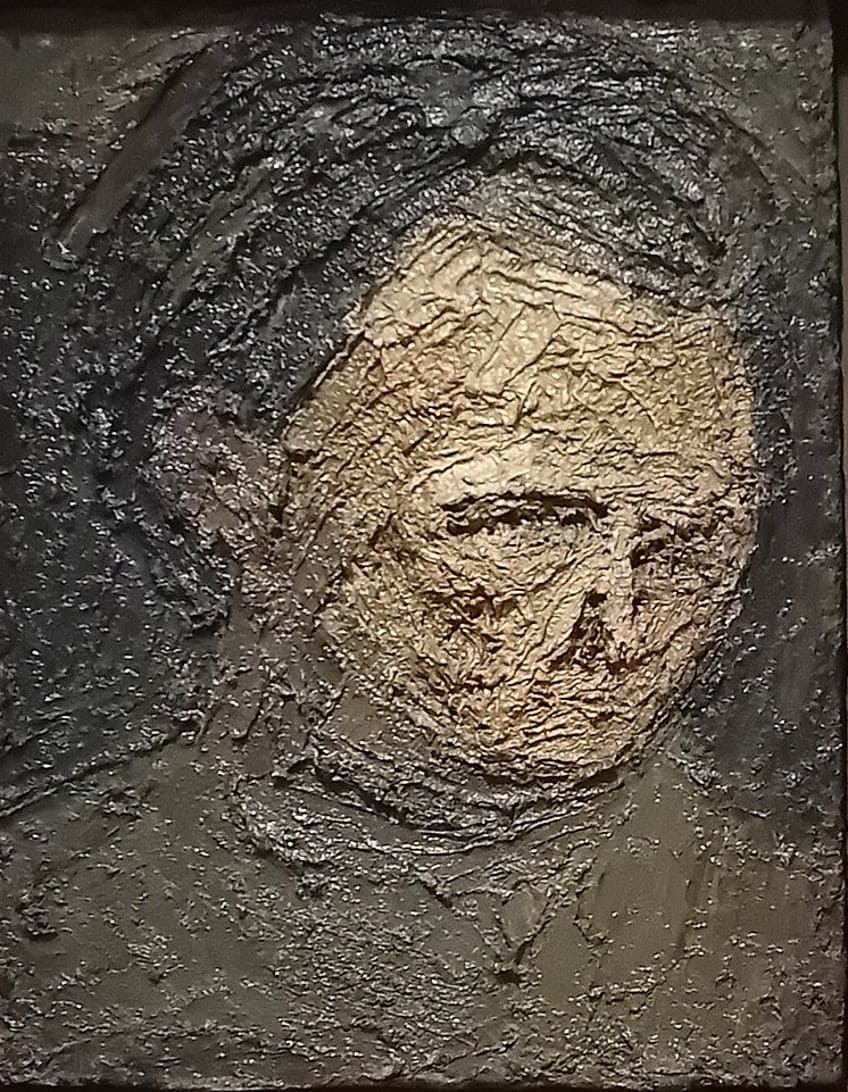
He also has a strong relationship with notable galleries, such as Marlborough Fine Art and Tate Britain, which frequently display his works. Additionally, The Courtauld Gallery is noted for dedicating exhibitions solely to Auerbach’s art, with one such display focusing on his charcoal drawings in 2024. Auerbach has received significant recognition for his contributions to the art world, including The Golden Lion at the Venice Biennale (recognition for an artist’s body of work).
His artwork has not only been presented in the most reputable galleries but has also found a home in permanent collections such as the National Gallery, securing his place as a pillar of 20th century artistry.
Personal Life and Legacy
Frank Helmut Auerbach’s personal life and his enduring legacy in the art world are characterized by his distinctively obsessive approach to painting and his connections with various artists and art historians. This section delves into the relationships that were significant in his life and explores his impact on contemporary artists alongside the recognition he achieved.
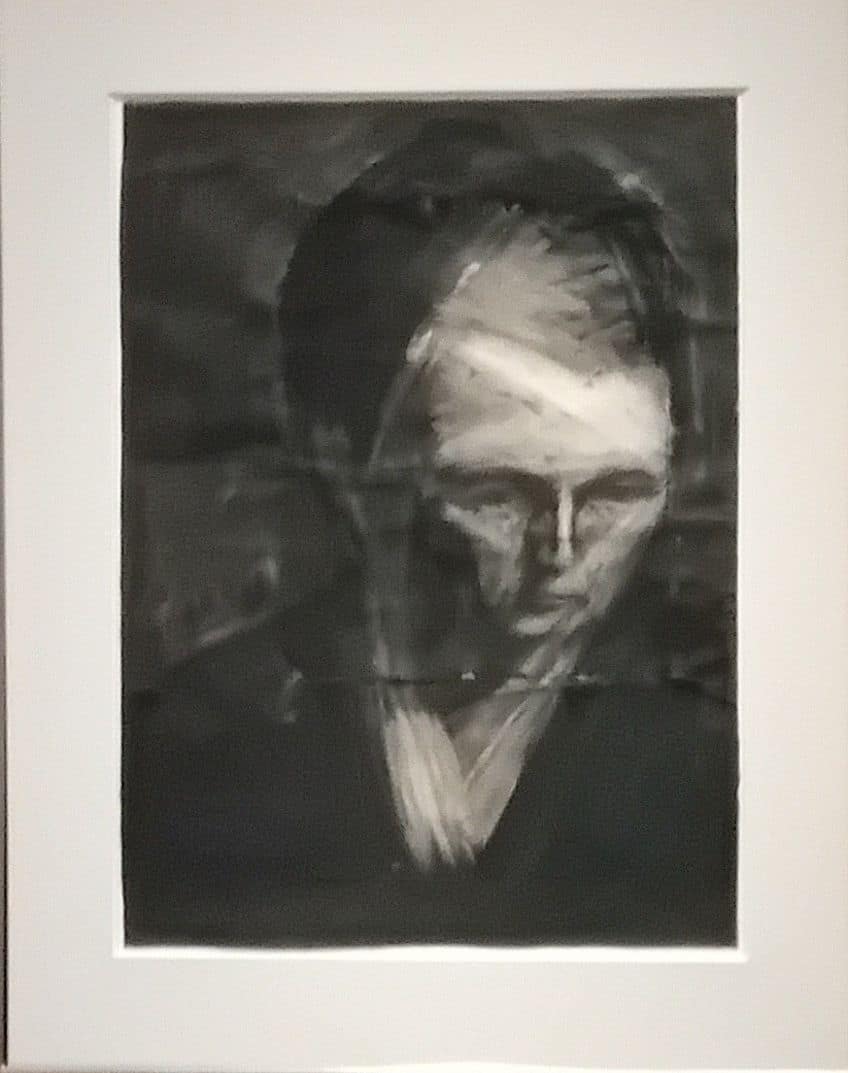
Relationships and Frequent Sitters
Frank Auerbach has formed lasting relationships with many individuals who have sat for him, some for many decades. A notable figure in this regard is Catherine Lampert, an art historian who began sitting for him in the 1970s. His studio in Camden Town, North London, has witnessed the creation of numerous portraits facilitated by these sittings, emphasizing an intensive and rigorous work ethic. These sitters, including Catherine Lampert, J.Y.M., and Juliet Yardley Mills, who were also often considered collaborators, have contributed to the unique nature of his oeuvre.
The enduring nature of these relationships speaks volumes about Auerbach’s dedication and the trust his subjects place in him.
Influence on Contemporary Artists and Honors
Auerbach’s legacy extends into the realm of influence upon contemporary artists; painters such as Jenny Saville and Cecily Brown have cited his intense, emotive approach as central to their own developments. Furthermore, his impact on peers like R.B. Kitaj has solidified his standing in the contemporary art scene. Auerbach’s artworks, stemming from his experience as a Jewish emigrant and his life in the United Kingdom, have earned him a knighthood, acknowledging his contribution to the visual arts. Despite such acknowledgment, Auerbach maintains a steadfast presence in his North London studio, continuing his pursuit of the perfect image.
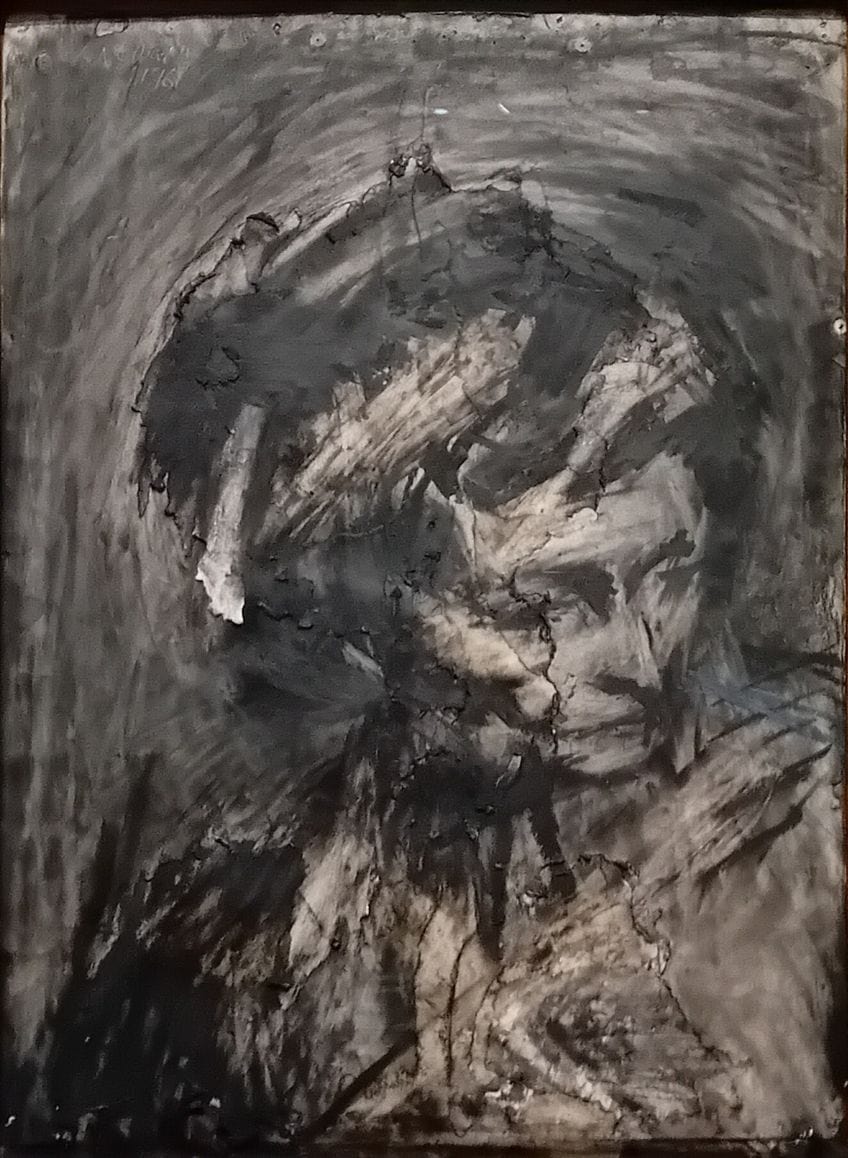
Frank Auerbach’s contributions to the art world are undeniable, with his powerful paintings leaving a lasting impact on viewers and artists alike. His mastery of impasto and expressive brushwork, coupled with his dedication to capturing the essence of life in his portraits and cityscapes, solidify his place as a prominent figure in contemporary art. Auerbach’s ability to convey emotion and depth through his work continues to inspire and resonate with audiences, making him a timeless icon in the realm of painting.
Frequently Asked Questions
What Techniques Are Characteristic of Frank Auerbach’s Artwork?
Auerbach is known for his impasto technique, applying paint thickly onto the canvas which gives a tactile, three-dimensional quality to the work. His vigorous working and reworking of the surface create a dense, almost sculptural feel to his paintings.
What Range of Mediums Has Frank Auerbach Employed in His Works?
Throughout his career, Auerbach has used a range of mediums, including oil paint, charcoal, and graphite. His oil paintings are perhaps his most recognized works, where the heavy layering of paint stands out as a significant feature.
What Critical Reception Has Frank Auerbach’s Work Received Over the Years?
Frank Auerbach has been consistently praised for his intense and emotive approach to painting. Critics acclaim his contributions to post-World War II art, particularly within the School of London alongside contemporaries such as Francis Bacon and Lucian Freud. His works are seen as a testament to the power of observational painting.
Isabella studied at the University of Cape Town in South Africa and graduated with a Bachelor of Arts majoring in English Literature & Language and Psychology. Throughout her undergraduate years, she took Art History as an additional subject and absolutely loved it. Building on from her art history knowledge that began in high school, art has always been a particular area of fascination for her. From learning about artworks previously unknown to her, or sharpening her existing understanding of specific works, the ability to continue learning within this interesting sphere excites her greatly.
Her focal points of interest in art history encompass profiling specific artists and art movements, as it is these areas where she is able to really dig deep into the rich narrative of the art world. Additionally, she particularly enjoys exploring the different artistic styles of the 20th century, as well as the important impact that female artists have had on the development of art history.
Learn more about Isabella Meyer and the Art in Context Team.
Cite this Article
Isabella, Meyer, “Frank Auerbach – Portraits Imbued With Raw Emotional Depth.” Art in Context. May 20, 2024. URL: https://artincontext.org/frank-auerbach/
Meyer, I. (2024, 20 May). Frank Auerbach – Portraits Imbued With Raw Emotional Depth. Art in Context. https://artincontext.org/frank-auerbach/
Meyer, Isabella. “Frank Auerbach – Portraits Imbued With Raw Emotional Depth.” Art in Context, May 20, 2024. https://artincontext.org/frank-auerbach/.






